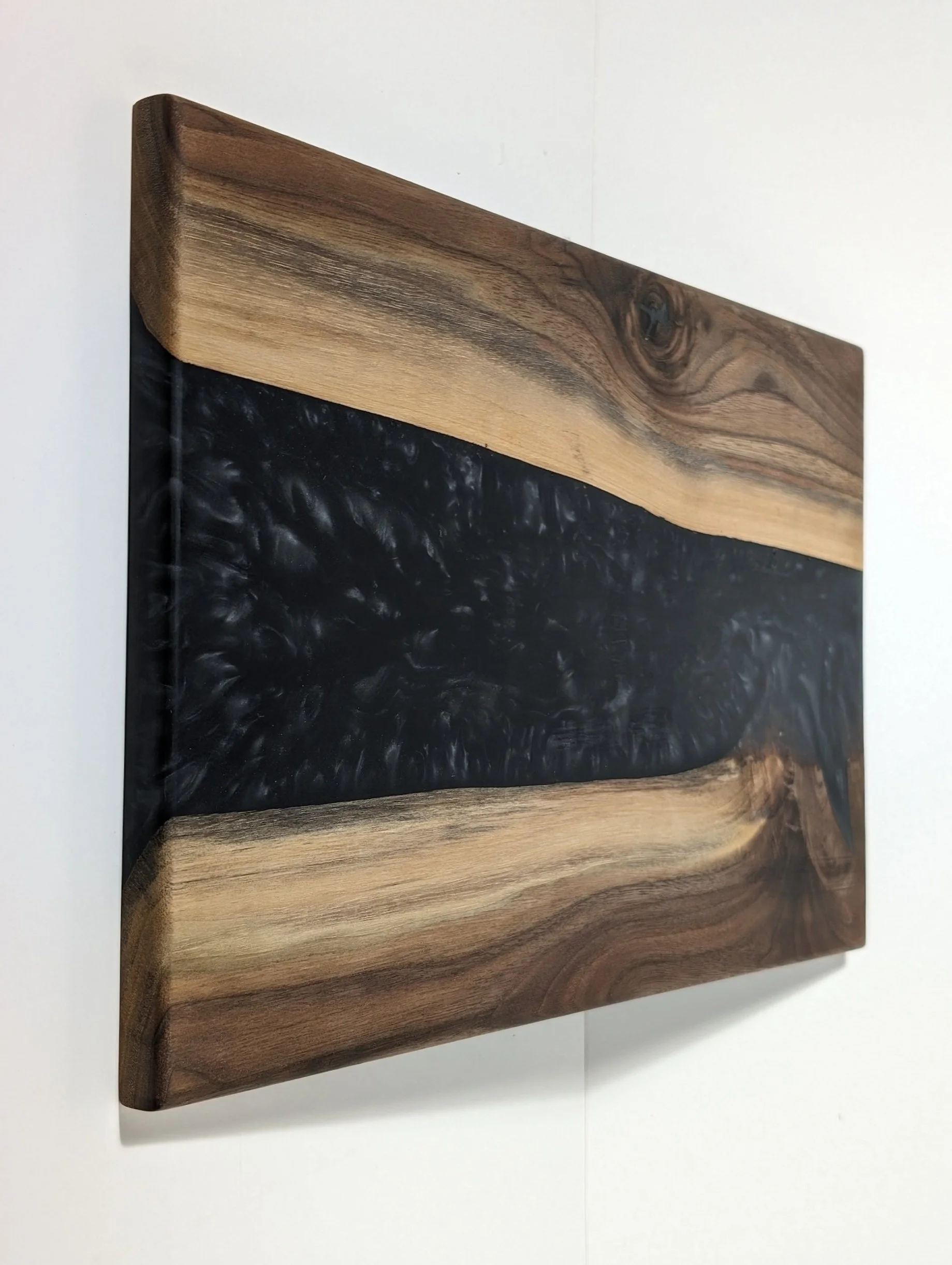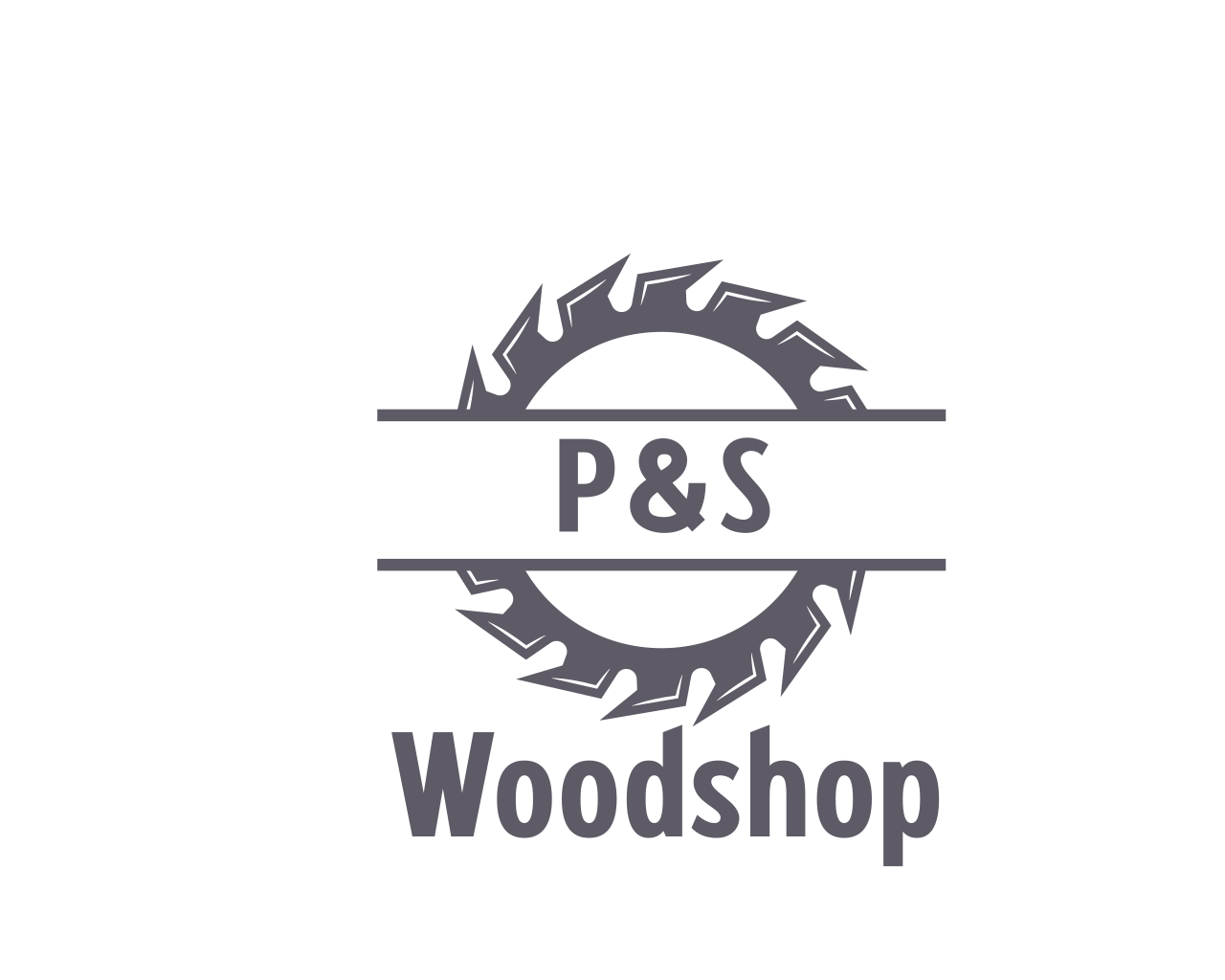Premium Quality Boards for Every Chef
-

Hard Maple Emerald Green
$75
-

Walnut Onyx Black
$95
-

Walnut Glacier Blue
$125
-

Edge grain cutting board
$85
Discover the art of Epoxy and Wood Cutting Boards
The History of Epoxy and Wood Cutting Boards
Epoxy resin has a rich history dating back to ancient times when it was used as a sealant and adhesive in various applications. The modern development of epoxy as a wood finish and adhesive, as well as its integration into cutting boards, has significantly impacted the woodworking and culinary industries.
Epoxy and Wood Cutting Boards Today
Hygiene and Durability: Epoxy-coated wood cutting boards offer a sanitary and long-lasting surface for food preparation. The non-porous nature of epoxy resists bacterial growth, while the wood provides a forgiving cutting surface.
Artisanal Craftsmanship: Many woodworkers and artisans have embraced the fusion of epoxy and wood, creating unique cutting boards that blend functionality with intricate designs and patterns.
Sustainable Practices: The use of epoxy in cutting boards aligns with the trend of upcycling and repurposing wood offcuts, reducing waste while creating functional kitchen tools.
Integration of Epoxy in Woodworking
Wood Finishing: Epoxy resin gained popularity in woodworking as a durable and attractive wood finish. Craftsmen and woodworkers started using epoxy to create glossy and protective coatings on furniture, countertops, and decorative items.
Embracing Imperfections: The unique property of epoxy to fill cracks and voids in wood became a sought-after design element in woodworking, giving rise to "live edge" and river tables.

